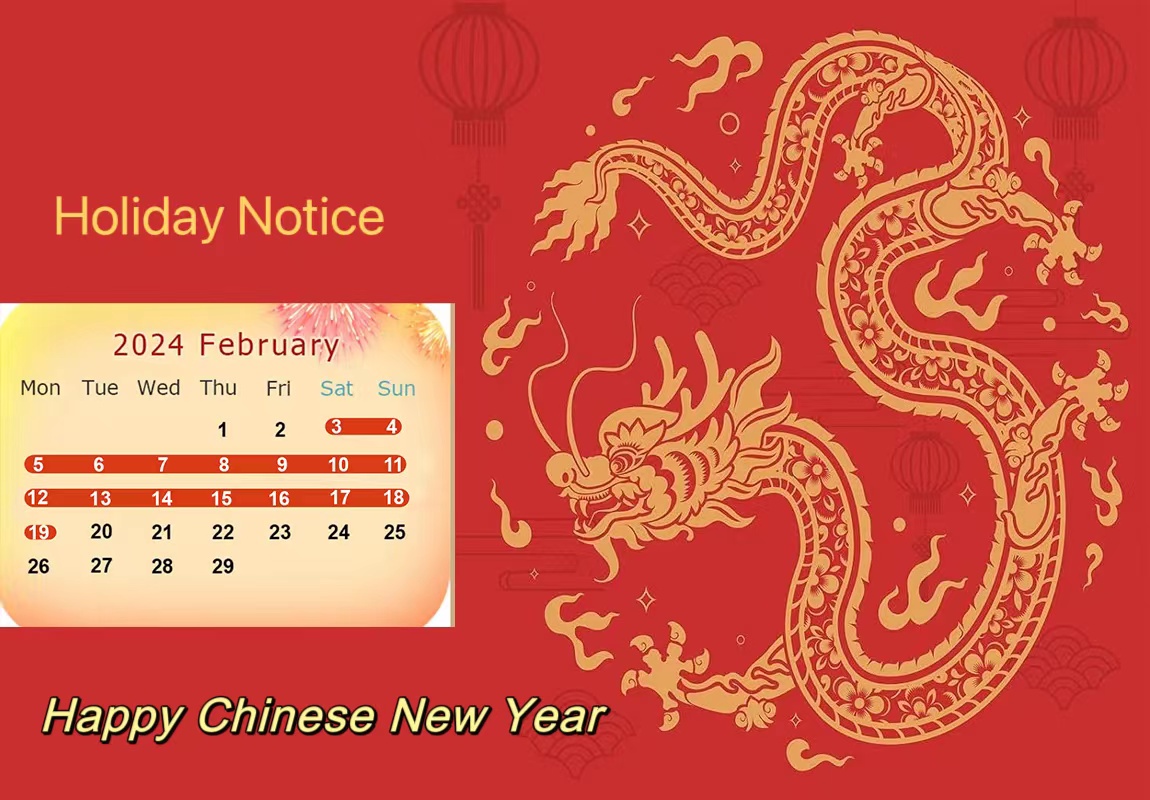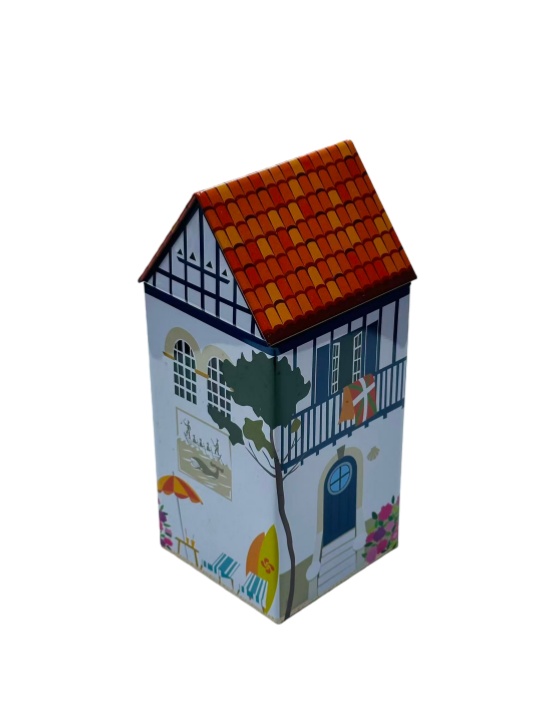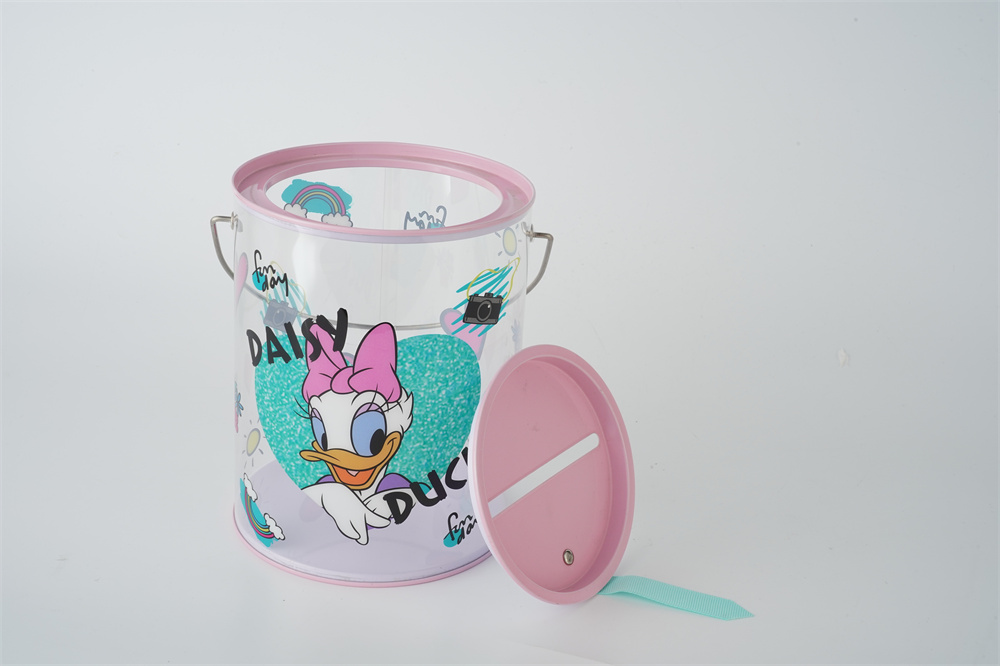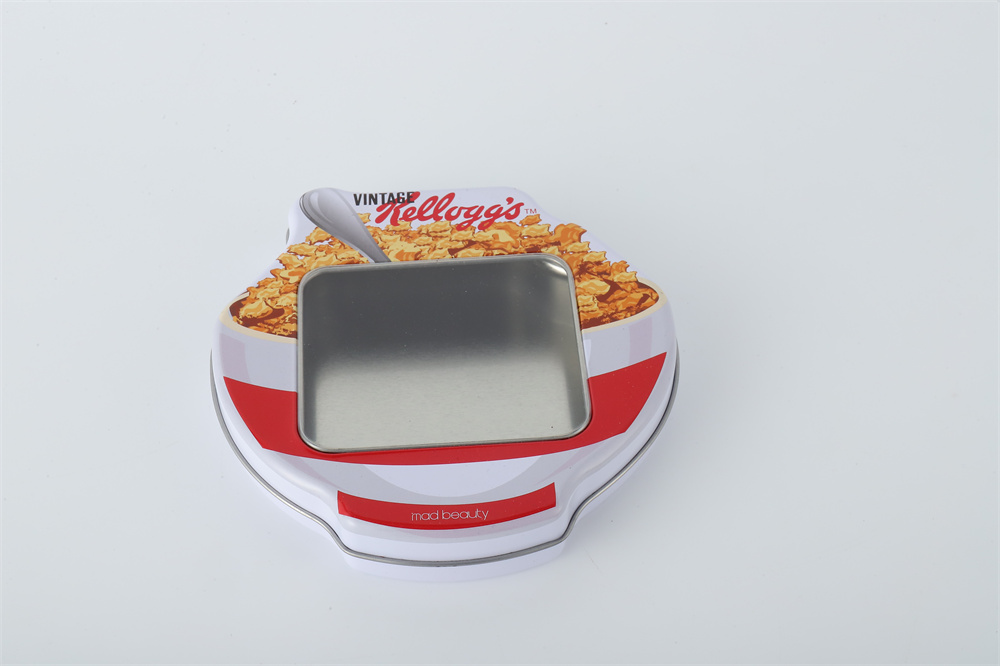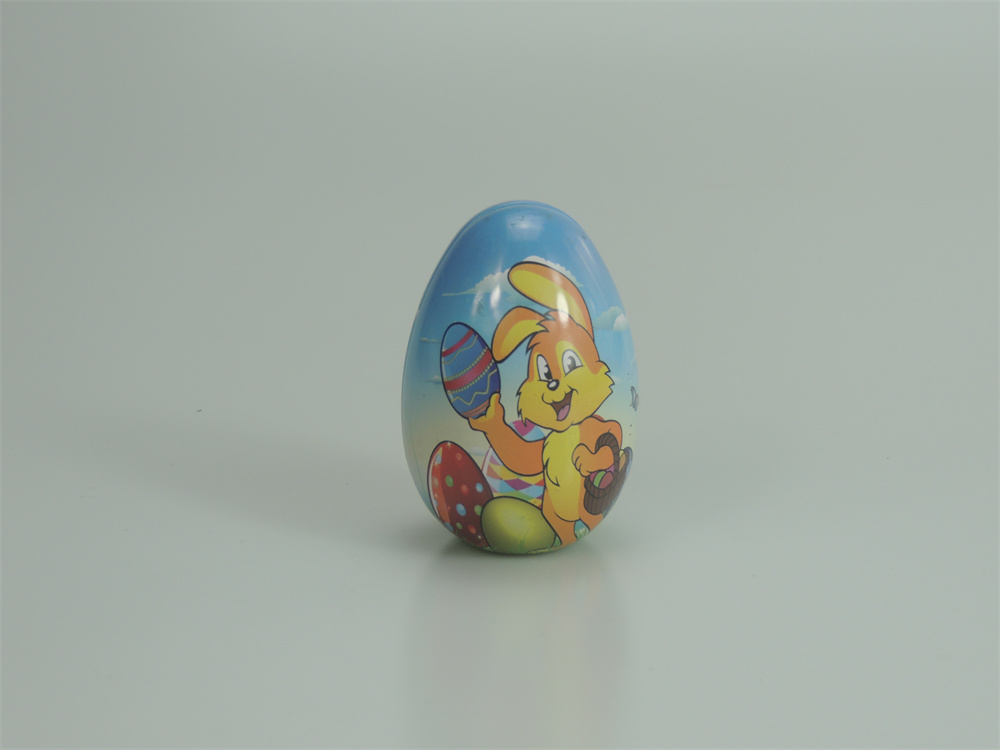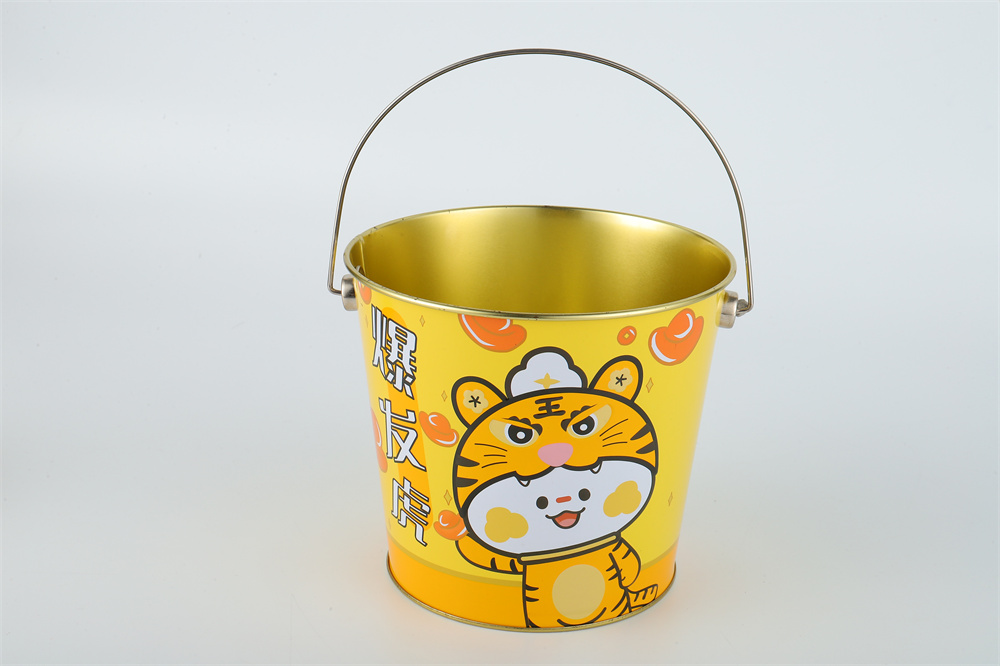the Chinese New Year, also known as the Spring Festival, involves various customs, traditions, and festivities. Here are some common ways people celebrate the Chinese New Year:
- Family Reunions:
Chinese New Year is a time for family reunions. Many people travel long distances to be with their families during this period.
- Cleaning and Decorating:
Homes are thoroughly cleaned before the New Year to symbolize getting rid of bad luck and making way for good fortune. Red decorations are popular, as red is considered a color that brings luck and prosperity.
- New Year's Eve Dinner:
Families gather for a special dinner on New Year's Eve, often featuring traditional dishes with symbolic meanings. Dumplings, fish, and Nian gao (rice cakes) are commonly enjoyed.
- Red Envelopes (Hongbao):
Red envelopes containing money are given to children and unmarried individuals as a symbol of good luck and prosperity. The red color of the envelope is considered auspicious.
- Lion and Dragon Dances:
Traditional lion and dragon dances are performed in streets and public spaces. These colorful and lively performances are believed to bring good luck and chase away evil spirits.
- Fireworks and Firecrackers:
Fireworks and firecrackers are set off at midnight on New Year's Eve and throughout the festival. The loud noises are believed to scare away evil spirits.
- Traditional Clothing:
Wearing traditional Chinese clothing, such as a qipao or changshan, is common during the New Year celebrations. Red clothing is especially popular.
- Temple Visits:
Many people visit temples during the Chinese New Year to pray for good fortune and make offerings.
- Cultural Performances:
Cultural performances, including traditional music, dance, and theatrical shows, are organized in many places to celebrate the festival.
- Lantern Festival:
The 15th day of the Chinese New Year marks the Lantern Festival. People celebrate with lantern displays, solving riddles on lanterns, and enjoying sweet rice dumplings.
It's important to note that customs may vary across regions and communities. People also incorporate their unique family traditions into the celebrations. The Chinese New Year is a time for joy, reflection, and the renewal of hopes for the coming year.

